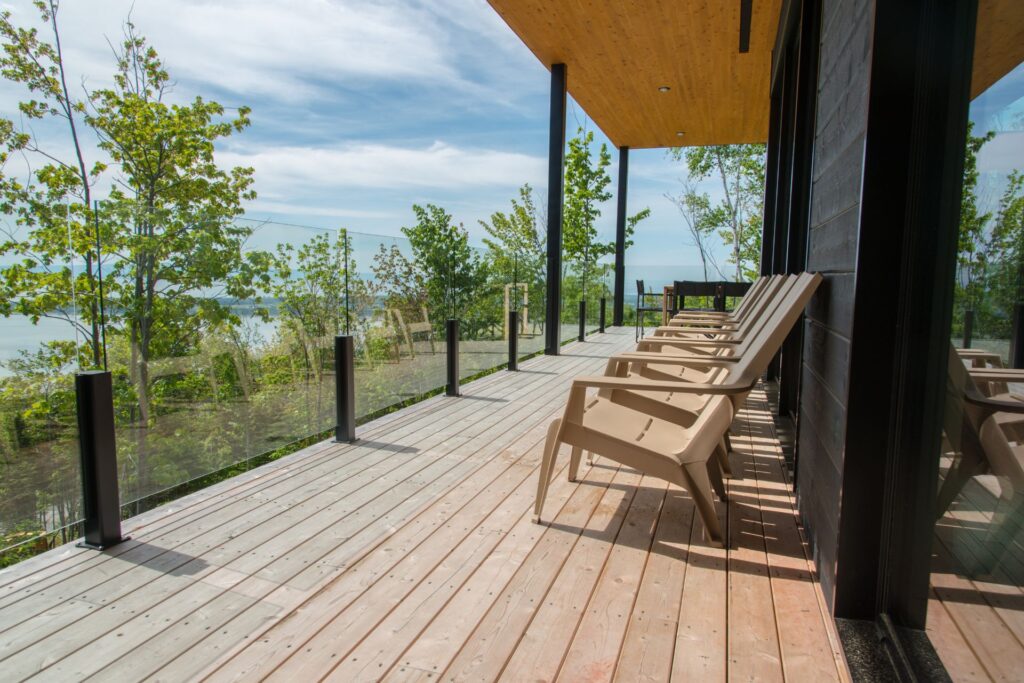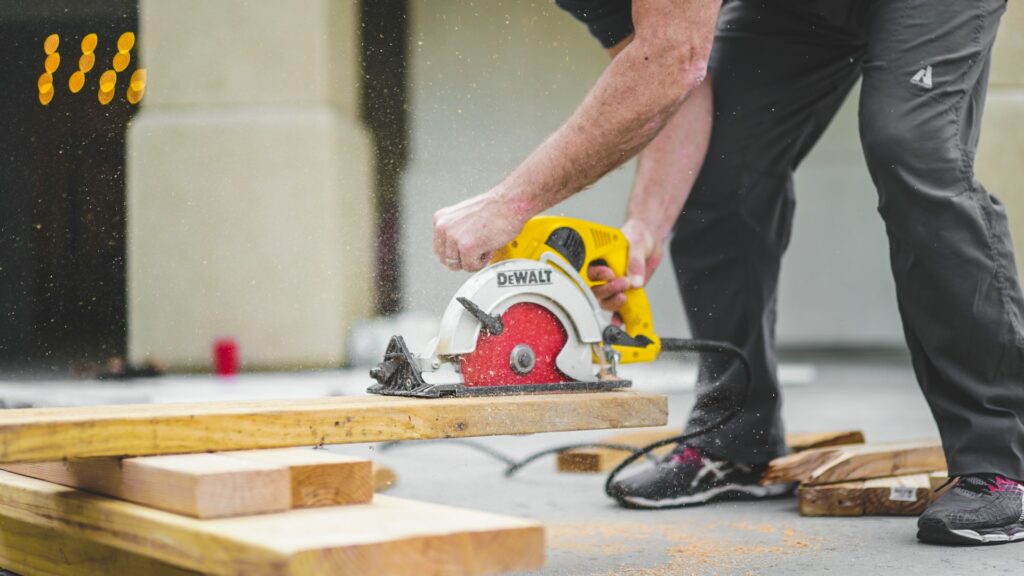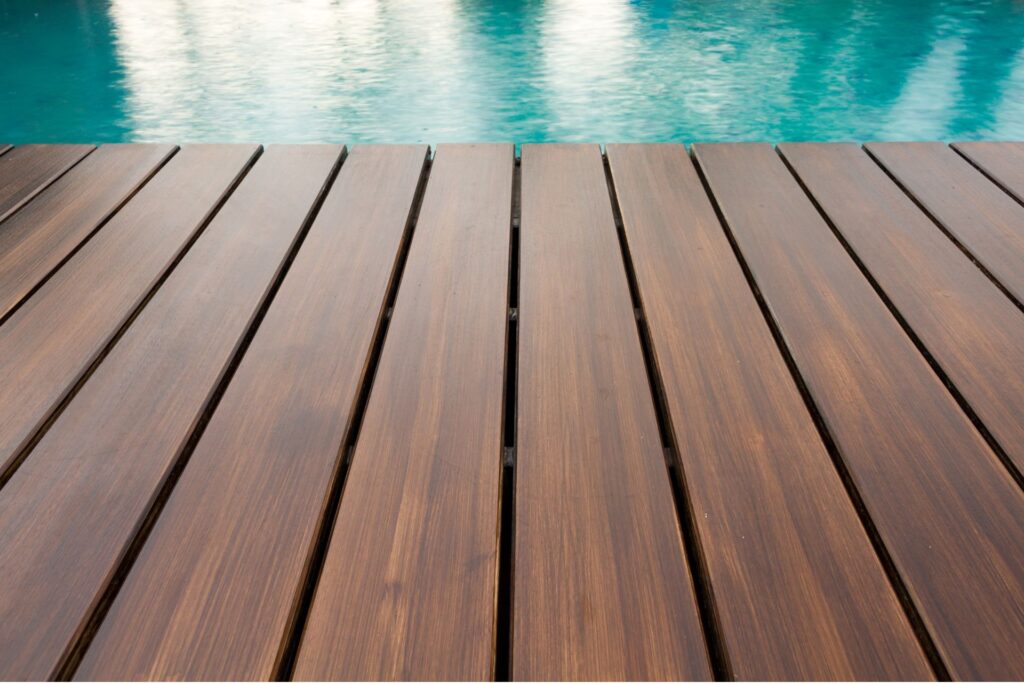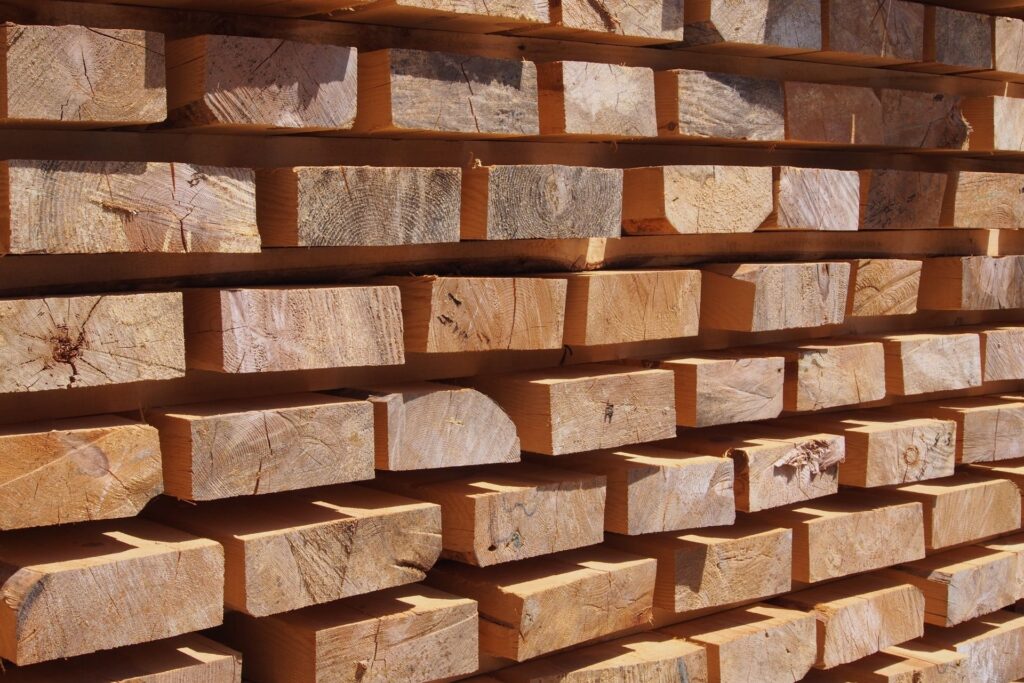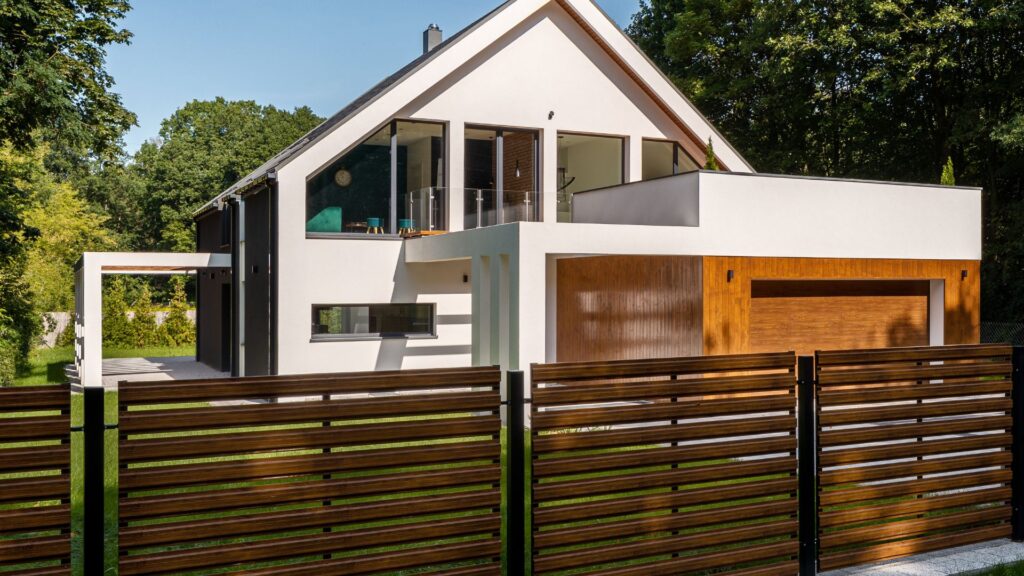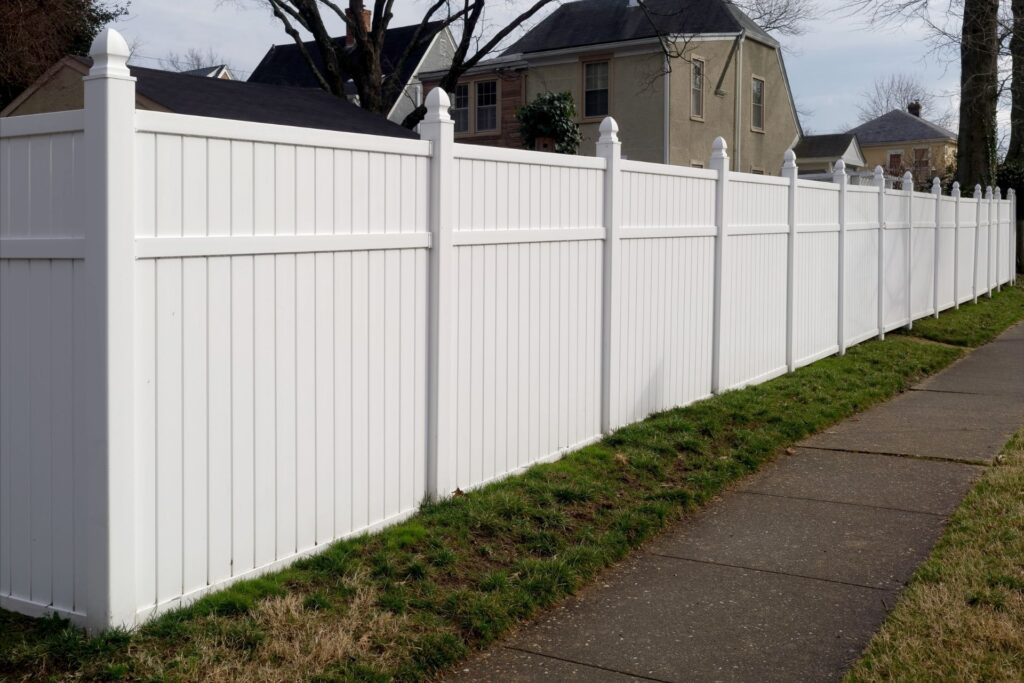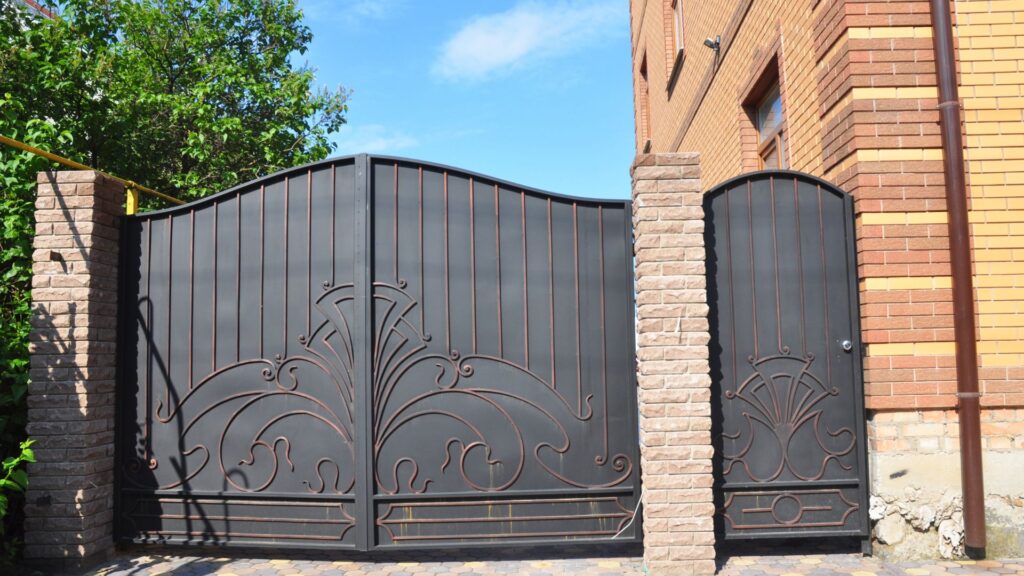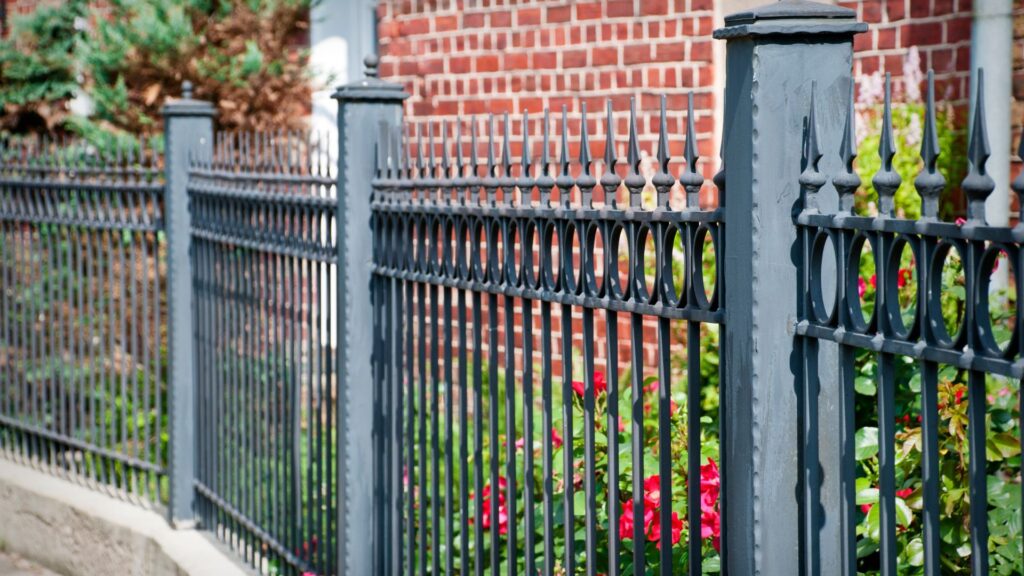Welcome to our comprehensive guide on understanding deck costs in New Zealand. Whether you’re dreaming of a cozy outdoor retreat or planning a functional entertainment space, building a deck can significantly enhance your home’s value and quality of life. In this guide, we’ll delve into everything you need to know about the costs involved in constructing a deck, from the factors that influence pricing to the various materials available and their respective costs. We’ll also cover essential aspects such as labor charges, permits, and additional features that can impact your budget. Our aim is to equip you with the knowledge to make informed decisions, ensuring your deck project is both cost-effective and tailored to your needs.
On average, the cost of building a deck in New Zealand ranges from $300 to $600 per square meter for basic timber options, while premium materials like Kwila or composite decking can cost between $600 and $1,000 per square meter. Additional expenses for site preparation, permits, and finishing touches can further impact the overall budget. For an accurate estimate, it’s advisable to obtain multiple quotes from local builders and consider the specific requirements of your project.
The Importance Of Decks In New Zealand Homes
Cultural Relevance
In New Zealand, decks have become a quintessential part of residential architecture, deeply ingrained in the cultural fabric of Kiwi homes. This affinity for decks is not just a trend but a reflection of New Zealanders’ love for outdoor living. The country’s temperate climate, stunning natural landscapes, and a general inclination towards outdoor activities make decks a perfect addition to homes. They provide a seamless transition between indoor and outdoor spaces, allowing residents to enjoy the beautiful surroundings from the comfort of their homes. Decks are often used for various activities such as family gatherings, BBQs, and relaxing in the sun, making them an essential feature that complements the Kiwi lifestyle.
Lifestyle Benefits
Having a deck in your home offers numerous lifestyle benefits, making it a worthwhile investment. One of the primary advantages is the additional living space it provides. Decks can serve as an extension of the indoor living area, creating a versatile space that can be used for dining, lounging, or hosting guests. This extra space is particularly beneficial during the warmer months when outdoor activities are more frequent.
Furthermore, decks are ideal for entertainment. They provide a perfect setting for social gatherings, from casual BBQs with friends to more formal dinner parties. A well-designed deck can accommodate various activities, making it a flexible and valuable addition to any home.
Another significant benefit of having a deck is the increase in property value it brings. A beautifully crafted deck can enhance the aesthetic appeal of a home, making it more attractive to potential buyers. This added value can be a substantial return on investment, particularly in a real estate market where outdoor living spaces are highly desirable.
Moreover, decks offer a practical solution for utilizing sloped or uneven terrain, common in many New Zealand properties. By creating a flat, usable surface, decks can transform otherwise challenging areas into functional outdoor spaces.
In summary, the cultural relevance of decks in New Zealand, combined with their numerous lifestyle benefits, underscores their importance in Kiwi homes. They enhance the quality of life by providing additional living space, a venue for entertainment, and increased property value, making them a popular and valuable feature in New Zealand’s residential architecture.

Factors Affecting Deck Cost In NZ
Building a deck in New Zealand can be a rewarding investment, but understanding the various factors that influence the overall cost is crucial for budgeting and planning. Here, we’ll delve into the key elements that can affect the cost of your deck project.
1. Size and Design
Deck Size: One of the most significant factors influencing deck cost is its size. Larger decks require more materials and labor, which directly increases the overall expense. For example, a small, 10-square-meter deck will be considerably cheaper than a sprawling 50-square-meter deck.
Design Complexity: The complexity of the deck’s design also plays a crucial role in determining costs. Simple, rectangular decks are generally more affordable, while intricate designs with multi-level sections, built-in seating, or custom railings can add significantly to the price. These features require more time and specialized skills, which increases labor costs.
2. Materials
Timber Options: The type of timber you choose can have a significant impact on the cost. Pine is often the most affordable option, while premium woods like Kwila and Macrocarpa are more expensive due to their durability and aesthetic appeal. For instance, Kwila is known for its rich color and resistance to decay, making it a popular but costly choice.
Composite Decking: Composite materials, made from a mix of wood fibers and plastic, offer a durable and low-maintenance alternative to natural timber. While the initial cost of composite decking is higher, its longevity and minimal upkeep can make it a cost-effective option over time. Composite decking is resistant to rot, insects, and weather damage, which adds to its appeal.
Other Materials: Other materials such as PVC or aluminum are also available for decking. While these options can be more expensive upfront, they offer benefits like durability and low maintenance, which can save money in the long run. PVC decking, for example, is highly resistant to moisture and requires little upkeep, making it an excellent choice for wet climates.
3. Site Preparation
Ground Condition: The condition of the site where the deck will be built can significantly affect costs. If the ground is uneven or requires substantial leveling, additional work and materials will be needed, increasing the overall expense. Foundation work, such as digging and installing footings, can also add to the cost, especially if the soil is rocky or unstable.
Accessibility: Easy access to the site can reduce costs, as materials and equipment can be transported and used more efficiently. Conversely, if the site is difficult to reach or located on a steep slope, additional labor and equipment might be needed, driving up costs. Limited access can also prolong the construction timeline, adding to labor expenses.
4. Labor Costs
Professional Builders vs. DIY: Hiring professional builders can ensure a high-quality finish and compliance with building regulations, but it comes at a cost. Professional builders charge for their expertise and time, which can significantly increase the overall expense. On the other hand, a DIY approach can save money on labor but requires a substantial time investment and a good understanding of construction techniques. It’s important to weigh the potential savings against the risk of mistakes or substandard work.
Regional Variations: Labor costs can vary significantly across different regions in New Zealand. For example, building a deck in a metropolitan area like Auckland or Wellington might be more expensive than in a rural area due to higher living costs and demand for skilled labor. Understanding these regional variations can help you budget more accurately for your project.
5. Permits and Regulations
Building Consents: Depending on the size and scope of your deck project, you may need to obtain building consent from your local council. The cost of these permits can vary, but they are an essential part of ensuring your deck complies with safety standards and local regulations. Failing to obtain the necessary permits can result in fines and costly modifications later on.
Regulatory Requirements: Compliance with local building codes and standards is crucial for the safety and legality of your deck. These regulations can dictate specific construction methods, materials, and safety features, which can add to the overall cost. It’s essential to familiarize yourself with these requirements and factor them into your budget.
Understanding these factors will help you plan and budget effectively for your decking project in New Zealand. By considering the size, design, materials, site preparation, labor costs, and regulatory requirements, you can make informed decisions and ensure your deck is both beautiful and cost-effective.
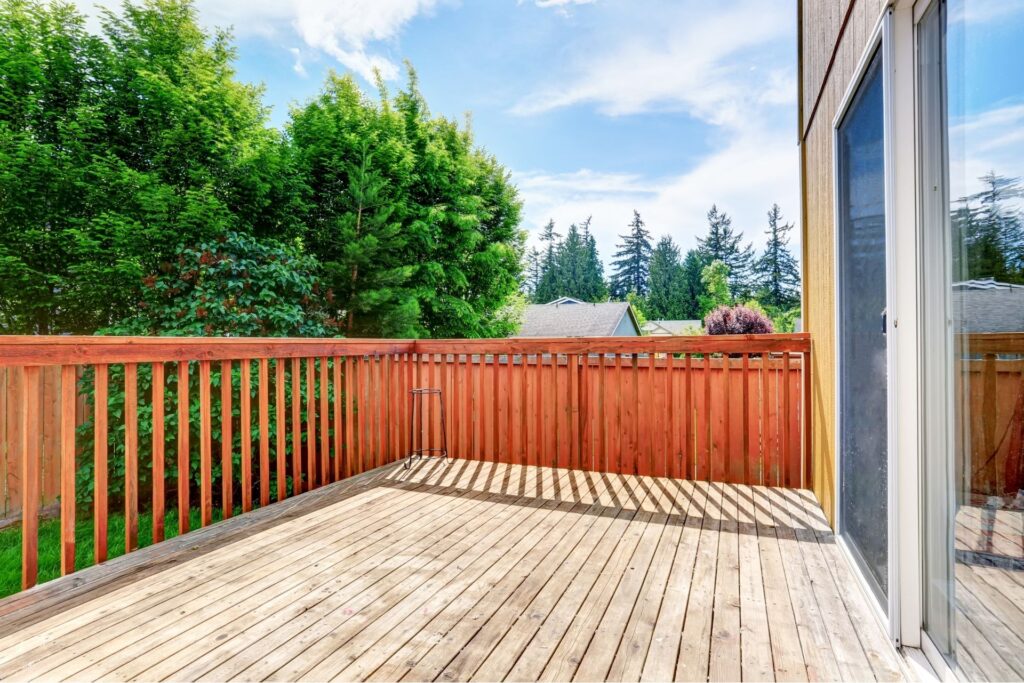
Cost Breakdown Of Different Decking Materials
Choosing the right decking material involves weighing the cost against the benefits each type offers. Here’s a detailed look at the cost breakdown of various decking materials commonly used in New Zealand.
1. Pine
Cost per Square Meter: Pine decking is one of the most affordable options, typically ranging from $50 to $100 per square meter, depending on the grade and treatment.
Pros and Cons
Pros: Pine is widely available and budget-friendly. It’s easy to work with, making it a popular choice for DIY projects. Treated pine is resistant to termites and rot.
Cons: Despite its affordability, pine requires regular maintenance, including staining and sealing, to prolong its lifespan. It’s also softer than other woods, making it susceptible to scratches and dents.
2. Kwila
Cost per Square Meter: Kwila, a premium hardwood, usually costs between $120 and $150 per square meter.
Pros and Cons
Pros: Kwila is highly durable and naturally resistant to termites and fungal decay. Its rich reddish-brown color adds a luxurious touch to any outdoor space.
Cons: The initial cost is higher compared to other options. Kwila can also bleed tannins, which might stain adjacent surfaces. Regular maintenance is necessary to maintain its color and prevent weathering.
3. Macrocarpa
Cost per Square Meter: The price for Macrocarpa decking ranges from $80 to $120 per square meter.
Pros and Cons
Pros: Macrocarpa is a sustainable, locally sourced timber. It has a natural resistance to decay and a beautiful, unique grain pattern that enhances aesthetic appeal.
Cons: Like other softwoods, Macrocarpa requires regular maintenance to protect it from the elements. It can also be prone to warping and cracking if not properly cared for.
4. Composite Decking
Cost per Square Meter: Composite decking is generally priced between $150 and $200 per square meter.
Pros and Cons
Pros: Composite decking is known for its durability and low maintenance requirements. It’s resistant to rot, insects, and fading, making it a long-lasting option. Available in various colors and textures, it mimics the look of natural wood without the upkeep.
Cons: The upfront cost is higher than traditional timber options. Additionally, while it’s durable, composite decking can get hot underfoot in direct sunlight and may require special cleaning products to avoid damage.
When selecting decking material, consider not just the initial cost but also the long-term maintenance and durability. Pine offers an economical choice for those on a budget, while Kwila and Macrocarpa provide higher durability and aesthetic appeal at a higher price. Composite decking, though the most expensive upfront, offers minimal maintenance and a long lifespan, potentially saving costs in the long run. Each material has its unique advantages and challenges, making it essential to choose one that best fits your needs and preferences for your outdoor space.

Additional Costs To Consider
When planning your decking project, it’s essential to account for all possible expenses to avoid any surprises. Here, we’ll break down the additional costs that might arise, so you can budget accordingly and create a beautiful, functional deck that meets your needs.
Decking Accessories
Railings and Balustrades
Adding railings and balustrades is not just about safety; it’s also about style. Depending on the material and design, the costs can vary significantly. You can choose from a range of options including:
Wooden Railings: These are traditional and can be customized with different stains or paints. They tend to be less expensive but require regular maintenance.
Metal Railings: Options like aluminum or wrought iron offer a sleek, modern look. They are more durable and require less maintenance than wood, but they come at a higher initial cost.
Glass Balustrades: For an unobstructed view, glass balustrades are perfect. They add a touch of luxury but are on the pricier side due to the materials and installation process.
Stairs and Steps
If your deck is elevated, you’ll need stairs, which can add to the cost. The price will depend on the complexity and materials used. Basic wooden stairs are more affordable, while those made from composite materials or designed with intricate details will be more expensive. It’s also worth considering the cost of any necessary handrails for added safety.
Finishing Touches
Stains and Sealants
Protecting your timber deck from the elements is crucial. Stains and sealants not only enhance the natural beauty of the wood but also extend its lifespan by providing a protective barrier against moisture, UV rays, and mildew. The costs will vary based on the type and quality of the product you choose. Higher-end products tend to offer better protection and last longer, making them a worthwhile investment.
Lighting
Adding lighting to your deck can create a warm and inviting atmosphere, while also improving safety. Options include:
Solar Lights: These are energy-efficient and easy to install, making them a cost-effective option.
LED Deck Lights: These provide bright, long-lasting illumination and can be installed in various ways, such as recessed into the deck or mounted on posts.
String Lights: For a cozy, festive feel, string lights are perfect. They are affordable and can be hung in different patterns to enhance the deck’s ambiance.
Furniture and Decor
Budgeting for Furnishing
A beautiful deck isn’t complete without the right furniture and decor. When budgeting for your decking project, consider the cost of outdoor furniture that will withstand the elements and provide comfort. Here are some tips:
Durability: Invest in furniture made from weather-resistant materials such as teak, aluminum, or synthetic wicker. These materials are designed to endure outdoor conditions and last longer.
Comfort and Style: Choose furniture that suits your style and meets your comfort needs. From cushioned lounge chairs to sturdy dining sets, there are options to fit every taste and budget.
Decorations: Don’t forget to add personal touches with decorations like outdoor rugs, cushions, and planters. These items can make your deck feel more inviting and homely.
By carefully considering these additional costs, you can ensure your decking project stays within budget while creating a space that’s both functional and stylish. Proper planning and investment in quality materials will pay off in the long run, providing you with a beautiful outdoor area to enjoy for years to come.

Tips For Budgeting Your Deck Project
Building a deck can be an exciting project that adds both value and enjoyment to your home. However, without careful budgeting, it can quickly become a financial headache. Here are some practical tips to help you budget effectively for your deck project.
Setting a Realistic Budget
The first step in any successful deck project is setting a realistic budget. Begin by researching the average costs associated with deck building in your area. This includes the cost of materials, labor, permits, and any additional features you might want to include, such as railings, stairs, or built-in seating. Consider your financial situation and determine how much you can comfortably spend without straining your finances. Remember, it’s always wise to add a buffer of around 10-15% to cover unexpected expenses.
Getting Quotes
Obtaining multiple quotes from different contractors is essential to ensure you get the best value for your money. When requesting quotes, provide detailed information about your project, including the size of the deck, the type of materials you prefer, and any special features you want to include. This allows contractors to give you more accurate estimates. Don’t just go for the cheapest option; consider the contractor’s reputation, experience, and previous work quality. Sometimes paying a bit more for a reputable contractor can save you money in the long run by avoiding costly mistakes or poor workmanship.
Cost-Saving Tips
While building a deck can be costly, there are several ways to save money without compromising on quality.
Off-Season Discounts
One of the best ways to save money on your deck project is by taking advantage of off-season discounts. Many contractors offer reduced rates during the off-peak seasons when demand for their services is lower. Scheduling your project for late fall or early spring could result in significant savings. Additionally, suppliers may offer discounts on materials during these times, further reducing your overall costs.
Material Choices
Choosing the right materials is crucial for balancing cost and quality. While exotic hardwoods may be tempting, they can be quite expensive. Consider using more affordable yet durable materials like pressure-treated wood, cedar, or composite decking. Each material has its pros and cons, so weigh them carefully based on your budget, maintenance requirements, and aesthetic preferences. Don’t forget to factor in the long-term costs associated with maintenance and durability.
DIY Elements
If you’re handy with tools, consider taking on some of the simpler tasks yourself. While it’s best to leave the more complex and structural parts to professionals, you can save money by doing tasks like staining, painting, or even assembling prefabricated railings and steps. Not only does this reduce labor costs, but it also gives you a sense of accomplishment and personal investment in the project.
In conclusion, careful planning and smart choices can help you build your dream deck without breaking the bank. By setting a realistic budget, obtaining multiple quotes, and exploring cost-saving opportunities, you can enjoy your new outdoor space while keeping your finances in check.

FAQs: About Deck Cost NZ
Conclusion
In conclusion, we have explored the essential aspects of Kwila decking costs in New Zealand, including material expenses, installation fees, and long-term maintenance. By understanding these factors, you can make a well-informed decision that balances quality and budget for your outdoor space. As you plan your deck project, feel confident in your ability to create a beautiful and durable addition to your home. Don’t hesitate to reach out to local professionals for detailed quotes or further information, ensuring you get the best possible outcome for your investment.
About the Author:
Mike Veail is a recognized digital marketing expert with over 6 years of experience in helping tradespeople and small businesses thrive online. A former quantity surveyor, Mike combines deep industry knowledge with hands-on expertise in SEO and Google Ads. His marketing strategies are tailored to the specific needs of the trades sector, helping businesses increase visibility and generate more leads through proven, ethical methods.
Mike has successfully partnered with numerous companies, establishing a track record of delivering measurable results. His work has been featured across various platforms that showcase his expertise in lead generation and online marketing for the trades sector.
Learn more about Mike's experience and services at https://theleadguy.online or follow him on social media:

